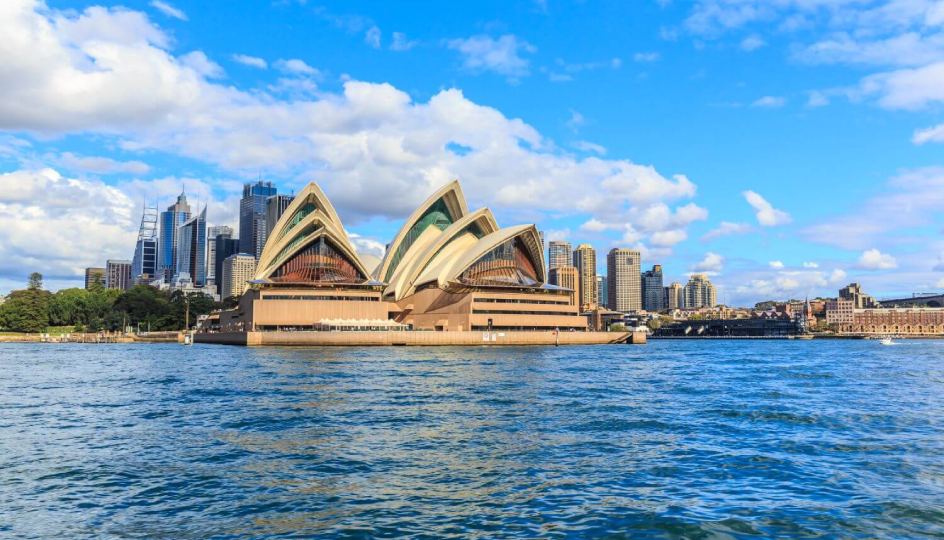How US asset managers are optimising fund finance for growth

In a challenging market environment, what methods can US fund managers use to optimise their fund's finances? In their own separate ways, secondary transactions, continuation funds and NAV finance can all be useful tools – but each come with their own operational considerations too.
High inflation, increased interest rates and slowing growth are negatively impacting both valuations and market liquidity for private market fund sponsors, posing particular challenges for deal flow and distributions. Secondary transactions, continuation funds and NAV finance all offer a means of addressing these challenges. But first, what do we mean by each of the three terms?
- Secondary transactions: involves a limited partnership (LP) selling its interest in one or more partnerships.
- Continuation funds: when a sponsor-advised fund sells one or more portfolio companies to a newly formed continuation fund that is managed by the same sponsor.
- NAV finance / portfolio finance: debt that is lent to the fund vehicle and backed by all the positions of the fund as collateral.
“There is clear, pent-up demand for these products, whether it's NAV lending or continuation funds, or secondary sales," says Daniel Max, Head of Global Solutions at TMF Group. "There's a lot of action. What these vehicles and transactions allow is for more time for managers to realise the value of their portfolio, and opportunities for capacity-constrained LPs to free up some liquidity and lock-in a profit.”
According to estimates, NAV finance is a $100 billion market today, potentially rising to $500 billion in the coming years. According to investment bank Jefferies, the first half of 2023 saw a 25% decrease from last year in global secondaries volume, from $57 billion to $43 billion. This is because the GP-led secondaries market currently has a wide bid/offer spread between the price expectations of buyers and sellers.
“Up until a year or so ago, you could get a secondaries transaction done at 91% even up to 95% on the dollar, and investors were fine with that, not least because they had already locked in an attractive IRR on the position,” says Max. “But now the discount is often down to the low 80s, and that is just too steep of a discount for a selling LP to accept.”
Advanced technology plugged into an outsourced administrator’s systems can help with data gathering on all aspects of the portfolio and the creation of highly detailed deal documents. This allows a fund manager – and also LPs - to undertake deep analysis of their portfolio, including portfolio company metrics from revenue, balance sheet and EBITDA to the more sophisticated analysis on areas such as ESG considerations and geographic revenue information.
“Fund finance vehicles allow fund sponsors to keep their assets until markets become more accommodating, be that IPOs, strategic M&A or refinancing," says Max. “Fund sponsors will need to get deep into the portfolio, demonstrate the value of that remaining portfolio and have the backup to defend this valuation.”
So while liquidity events can be contentious, these vehicles and products are providing a lifeline to managers who are looking to ride out this period of low valuations.
This article is based on information found in TMF Group’s ‘Growth Playbook for US fund managers’, a new report that offers exclusive insights into strategies that can help transform your business. For further information on optimising fund finances, download the full report today.





